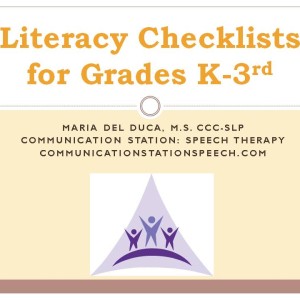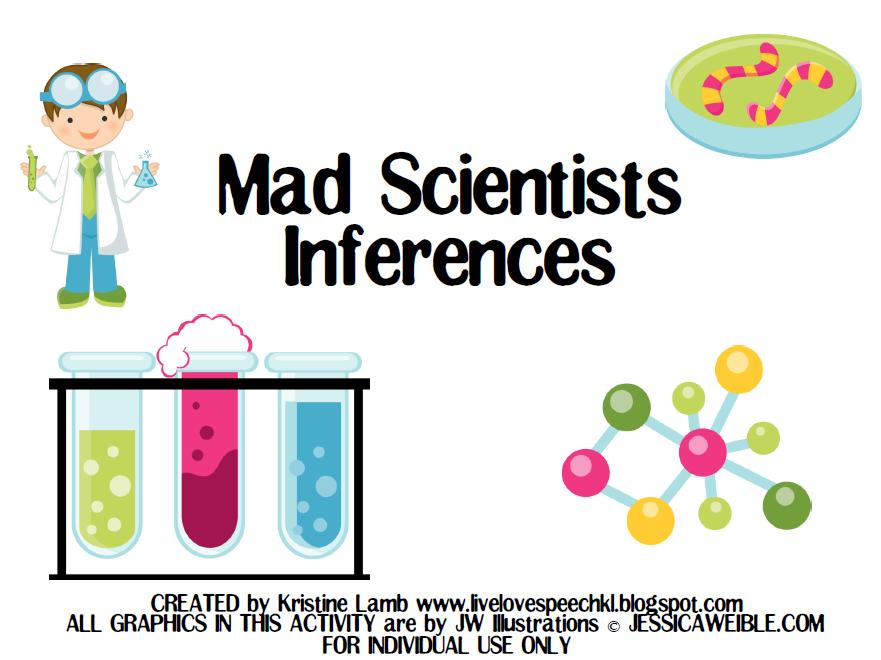
Today I am bringing you yet another giveaway from the fabulous Maria Del Duca of Communication Station Blog entitled: “Literacy Checklists for K-3rd Grade“. She created a terrific set of checklists to address reading comprehension and written expression in children K-3rd grade because according to Maria: “dynamic assessment of functional skills, when done well, can at times yield more accurate and salient information than standardized tests.”
This 10 page packet uses observational as well as teacher and parent reported information to present a holistic view of a child’s literacy skills with a focus on the following areas: Continue reading Birthday Extravaganza Day Twenty Eight: Literacy Checklists for Grades K-3
 It’s DAY 27 of my Birthday Month Giveaways and I am raffling off a giveaway by
It’s DAY 27 of my Birthday Month Giveaways and I am raffling off a giveaway by 
 It’s DAY 25 of my Birthday Month Giveaways and I am raffling off a giveaway by
It’s DAY 25 of my Birthday Month Giveaways and I am raffling off a giveaway by  It’s DAY 24th of my Birthday Month Giveaways and I am raffling off a giveaway by Kristine of
It’s DAY 24th of my Birthday Month Giveaways and I am raffling off a giveaway by Kristine of 

 My birthday month has been absolutely fabulous! And its not over yet! So take a look at the Week Four Giveaway Lineup and decide whether you want to enter a few giveaways or all of them, it’s really up to you! Each giveaway will last only one day so you better keep up because if you blink you’ll miss it!
My birthday month has been absolutely fabulous! And its not over yet! So take a look at the Week Four Giveaway Lineup and decide whether you want to enter a few giveaways or all of them, it’s really up to you! Each giveaway will last only one day so you better keep up because if you blink you’ll miss it!
 Wrapping up third week of my Birthday Month Extravaganza is a giveaway from
Wrapping up third week of my Birthday Month Extravaganza is a giveaway from  It’s DAY 20 of my Birthday Month Giveaways and I am raffling off a giveaway by
It’s DAY 20 of my Birthday Month Giveaways and I am raffling off a giveaway by 